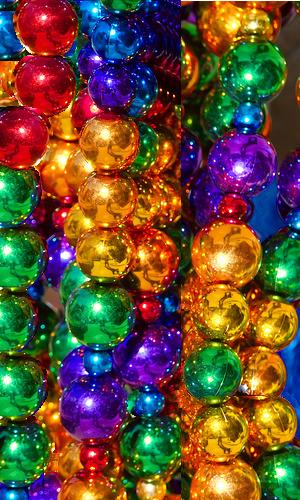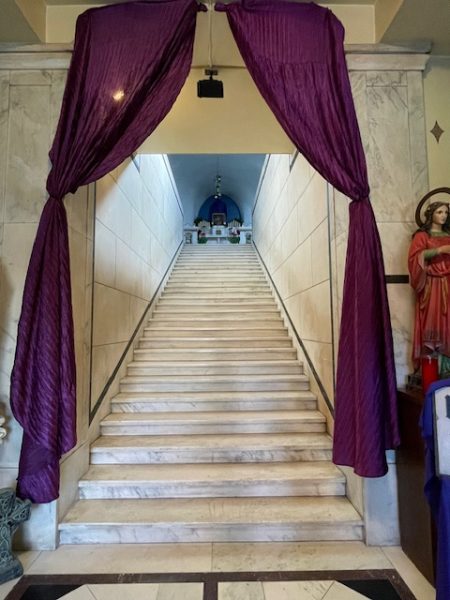The Origin Story of Mardi Gras

Mardi Gras Beads // https://commons.wikimedia.org/wiki/File:Mardi_Gras_beads_metallic_style.jpg // Permission to use under license CC BY-SA 2.5.
Everyone knows Mardi Gras for king cake, beads, specialized floats, fun throws, and purple, green, and gold. Believe it or not, Mardi Gras is actually a Christian holiday. The official day of Mardi Gras is Fat Tuesday which is the day before Ash Wednesday. Mardi means Tuesday in French, and Gras means Fat. The reason for this name is because it is the last full day of eating whatever carbs and fat you want. The purple, gold, and green also have meanings. The purple stands for justice. Gold represents power. And the green symbolizes faith.
Celebrations of Mardi Gras trace back to 1699 when Pierre Le Moyne d’Iberville and Sieur de Bienville landed near present-day New Orleans. This prompted a well-deserved celebration. Point Du Mardi Gras is located in Iberville, Louisiana. This was the very first trace of modern-day Mardi Gras.
The French who settled in New Orleans were the creators of famous parties and balls. But unfortunately, these celebrations were banned when the Spanish took over New Orleans in 1763. The ban on extravagant parties lasted for a few decades until Louisiana became a U.S state in 1812.
In 1857, the first krewe was created. Krewe of Comus! A krewe is a social group that participates in events and balls throughout the year, and ends Mardi Gras on a high note by riding on floats.
Once many krewes were formed in the late 1800’s, this set the stage for custom floats and marching bands and created what is known as a classic Mardi Gras in New Orleans. Mardi Gras officially starts on March 1, 2022. As the New Orleanians say, let the good times roll!

Abby Chapman is in her senior year at MODG. She will pursue Broadcast Journalism in college and plans to attend law school.





